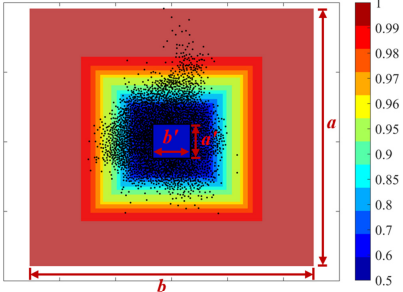Jiadaren Liu, Ersilia Giordano, and Daniele Malomo
i Postdoctoral Researcher, McGill University, Montreal, Canada, jiadaren.liu@mail.mcgill.ca
ii Postdoctoral Researcher, McGill University, Montreal, Canada, ersilia.giordano@mail.mcgill.ca
iii Assistant Professor, McGill University, Montreal, Canada, daniele.malomo@mcgill.ca
ABSTRACT
Unreinforced masonry (URM) buildings are widely prevalent across North America due to their durability, cost-effectiveness, and construction simplicity. However, older and sub-standard URM structures are particularly vulnerable to seismic loads, often experiencing severe damage and catastrophic collapse. The resulting debris from such collapses poses a significant threat to the functionality of transportation systems, severely hindering critical post-disaster operations such as medical rescue and personnel evacuation. Discontinuous modeling is the most effective approach for simulating URM failure mechanisms, as it accurately captures block detachment and damage evolution. However, traditional structural analysis tools require numerous input parameters and involve high computational costs. To address these limitations, this study employs Blender, a software primarily designed for video game development, to simulate URM collapse using its integrated physics engine. While physics engines share similarities with structural analysis tools, they prioritize computational efficiency over absolute accuracy, enabling significantly faster simulations. Following an initial validation against experimental data, the Blender physics engine was used to generate a virtual experimental database, incorporating variations in key parameters such as ground motion intensity and building height. Based on the generated database, the gradient boosted decision trees (GBDT) algorithm was employed to develop debris distribution prediction models, with hyperparameter tuning performed through ten-fold cross-validation. The resulting GBDT-based model is demonstrated to reliably predict the debris distribution of URM buildings and generate debris distribution heatmaps, which can intelligently inform decision-making in post-earthquake functional recovery efforts by proving insights into potential obstruction zones, optimizing resource allocation, and enhancing the efficiency of emergency response operations.
KEYWORDS: seismic debris, unreinforced masonry, physic engines, gradient boosted decision trees.
157-Liu.pdf



